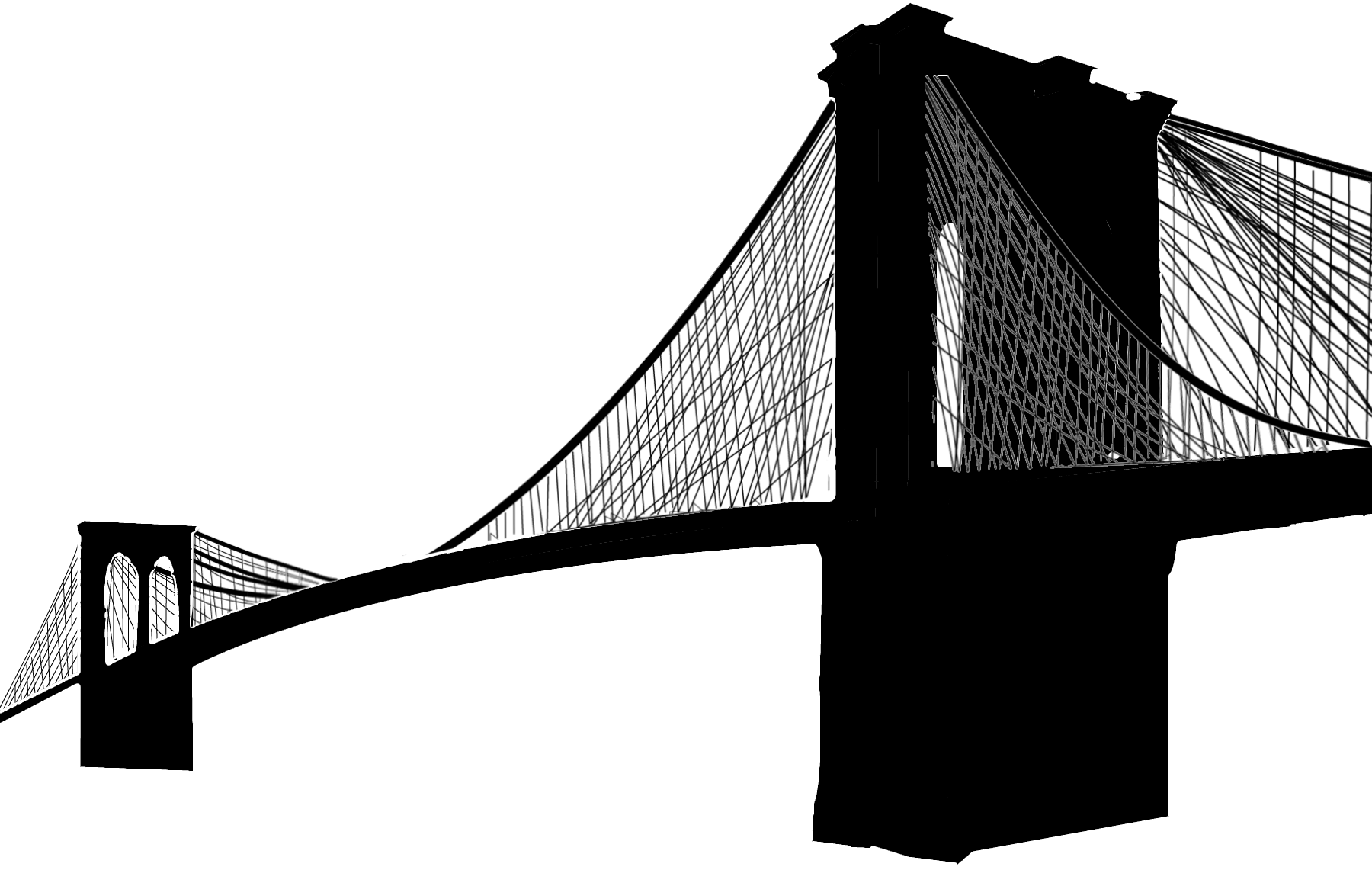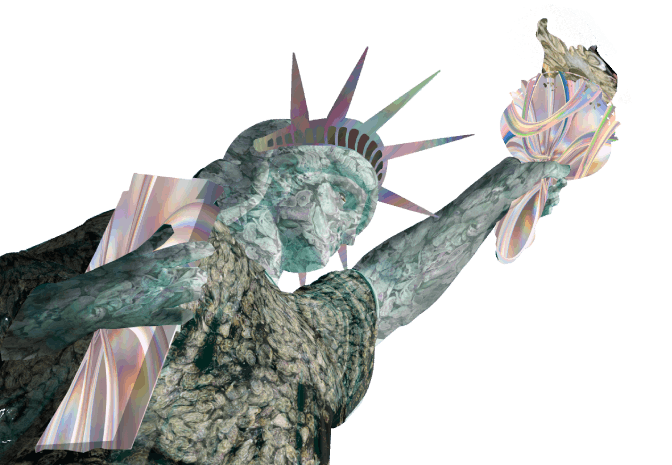


















Oyster reefs provide an effective natural barrier to storm waves and sea level rise. They absorb as much as 76 to 93 percent of wave energy, which reduces erosion, flooding, and property damage from coastal storms.
Every day, one oyster filters 50 gallons of water and a healthy one-acre reef around 24 million gallons, or enough to fill 36 Olympic swimming pools.
For over two hundred years New York was famed not for its bright lights or tall buildings, it was an oft forgotten mollusk anchored near the bedrock of Manhattan which brought prestige to the lands now synonymous with Broadway musicals and exorbitant property values. Predating colonization by Europeans and up until the turn of the century, the New York City harbor was the single largest reservoir of oysters on the globe. So renown for its succulent shell fish was the city that canned oysters made up a significant portion of the cities exports for over a century.
It is during this bygone golden age of the bivalve that we meet the captain of this story, born into slavery on Chincoteague Island in Virginia Mr. Thomas Downing as well as his parents were freed by their owner who was convinced to join the abolitionist movement due to his Methodist faith. A serial entrepreneur, Downing used the knowledge gained from selling whatever the sea brought him into an extremely successful empire of oyster houses in New York City, while never straying for from the shellfish which brought him there. By 1835 he had diversified into a catering, take out and international mail order business; shipping large quantities of live, fried and pickled oysters all over Europe. So renown were his products that Queen Victoria herself sent him a gold chronometer watch in recognition of his accomplishments in distributing the perishable delicacy, which became a treasured family heirloom until it was lost to the tides of time.
